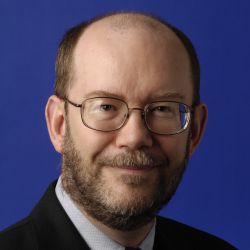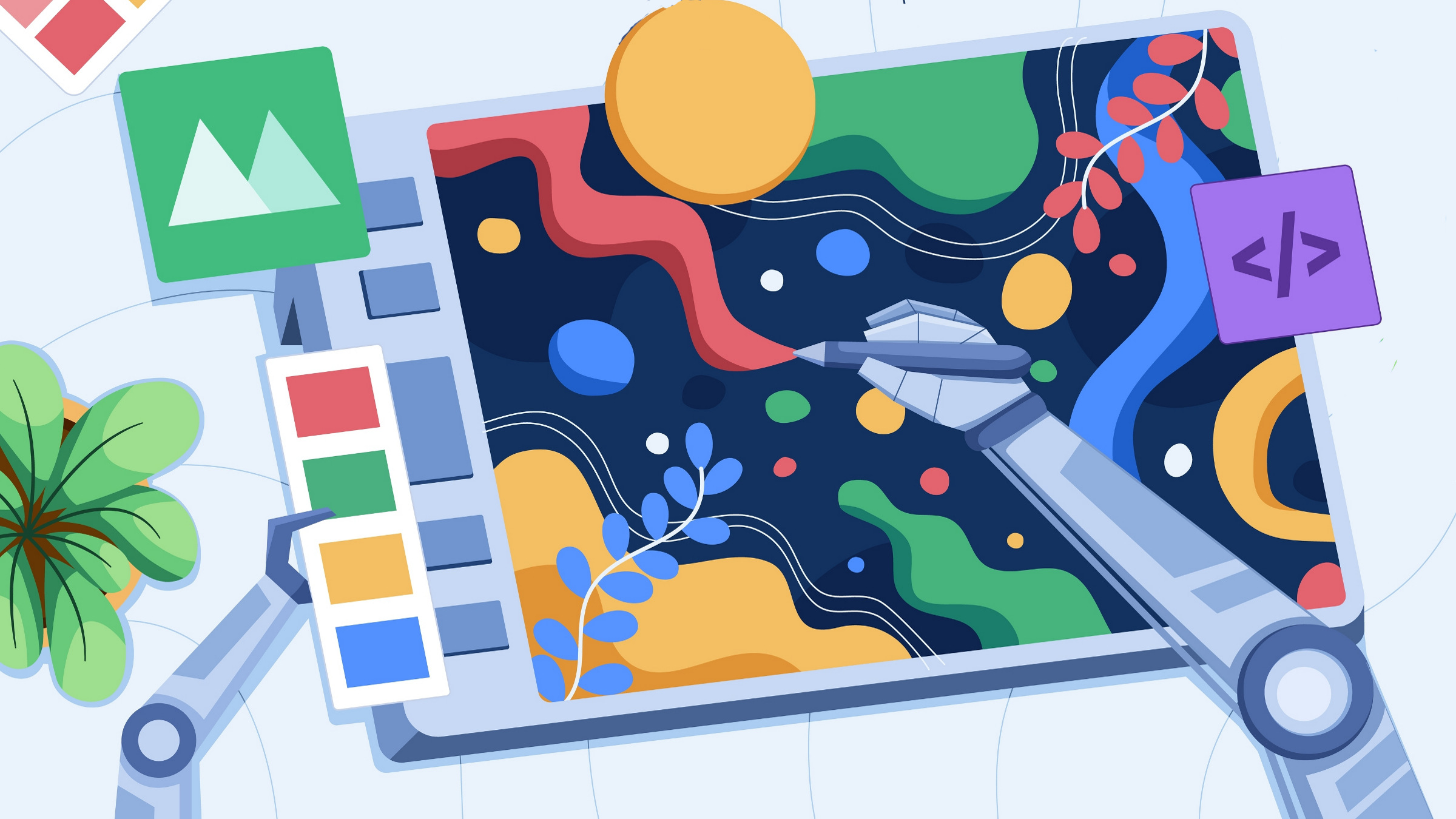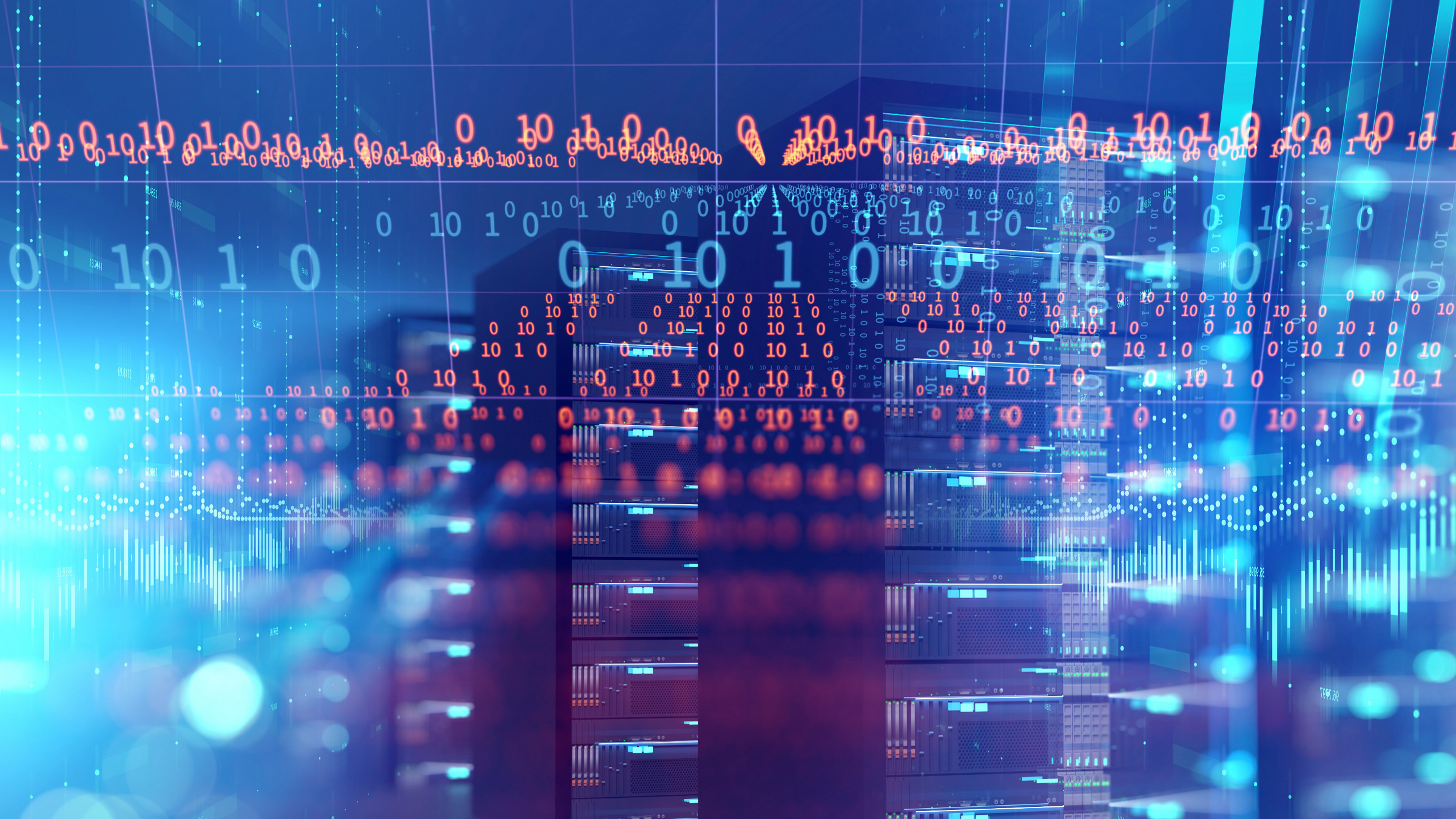
In 1959, the colorful and brilliant physicist, Richard Feynman, gave a seminal lecture to the American Physical Society entitled, "There’s Plenty of Room at the Bottom," in which he considered the implications of matter manipulation at the atomic scale – a vision of then future nanotechnology. In computing, we also have plenty of room at the bottom, paradoxically enabled by plenty of room at the top. I speak, of course, of the transformative power of our now ubiquitous mobile devices and rich sensor/actuator networks (smart dust) coupled with the capabilities of immense cloud data centers. These two extremes of the modern computing scale are reshaping our society in deep and profound ways.
At the bottom, high-capacity CCDs and MEMS sensors now enable us to capture prodigious amounts of data at low cost. If you have any doubts, consider the number of digital images, videos and audio recordings distributed across your house, your car and your mobile devices. To alliterate, the personal petabyte is not a perceptual pipedream.
These same sensors have fueled a revolution in the way we conduct scientific research, in domains as diverse as genetics and astronomy. With the advent of large-scale genetic sequencing and whole sky digital astronomy surveys, our world has shifted from one where each datum was rare and precious and hypothesis testing necessitated experimentation to one where science increasingly depends on asking good questions and then deriving answers for extant data. This is a profound sociological change, with deep implications for how we in computing partner with scientists to advance discovery.
More generally, sensors/actuator chains and their control systems now manage a large fraction of our personal and public infrastructure, ranging from implanted medical devices and home appliances through automobiles and traffic control systems to the electrical power grid and our financial markets. The need for greater software research surrounding cyberphysical systems – those connected to the physical world – emerged as the top priority in the 2007 assessment of the U.S. Networking, IT Research and Development (NITRD) program, as summarized in the PCAST report entitled, “Leadership Under Challenge: Information Technology Leadership in a Competitive World.”
At the top, the confluence of broadband networks, powerful processors and high-capacity storage systems have birthed social networks, hosted software plus services, and computing on demand. These cloud services ride atop massive data centers whose capacity exceeds any computing systems previously constructed. These systems also open new opportunities, including routine processing of many petabytes of data to extract insight and meaning. However, if we have learned anything about digital computing over the past sixty years, it is that each increase in scale brings new challenges. Cloud data centers are no exception, raising new research issues in energy management, reliability and resilience, system design and software construction.
These two ends – inexpensive sensors and mobile devices on the one hand and cloud infrastructure and services on the other – are connected by a common theme, the need for complex systems design and dynamic optimization. As Feynman noted, there’s plenty of room for innovation across this spectrum.



Join the Discussion (0)
Become a Member or Sign In to Post a Comment